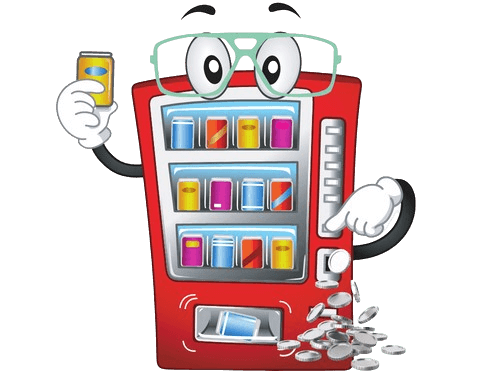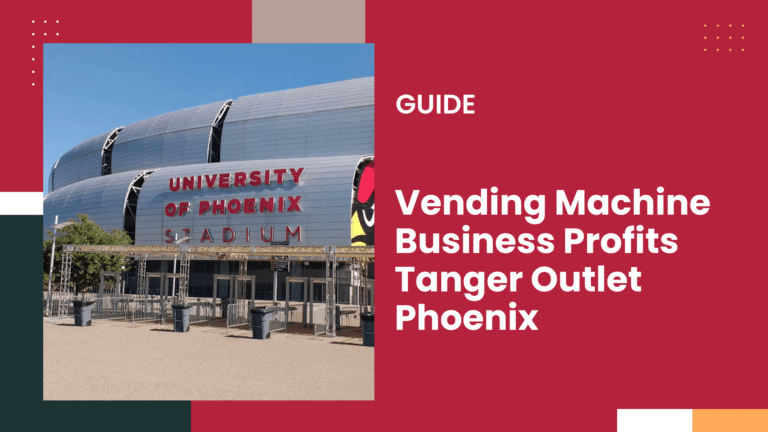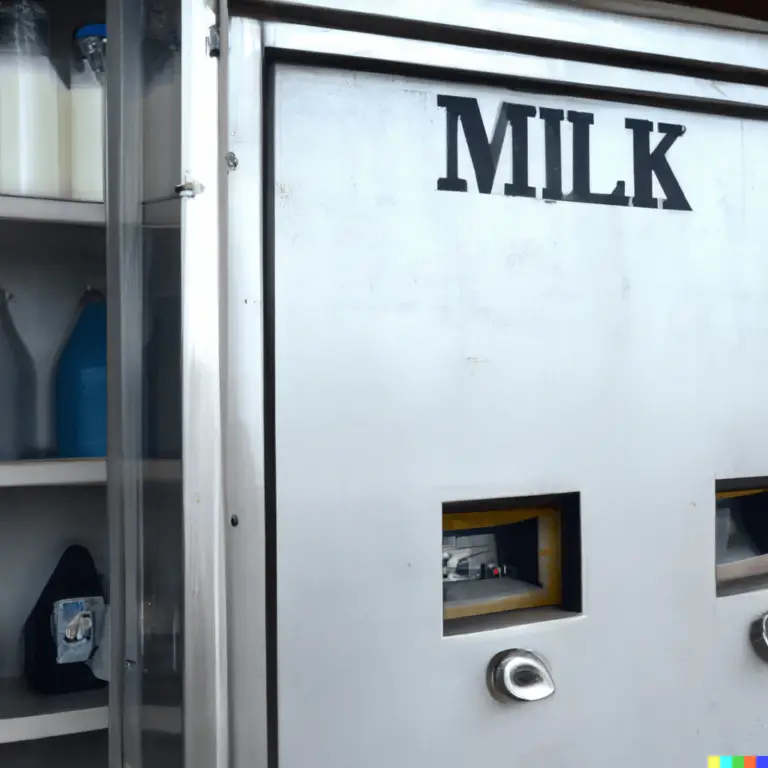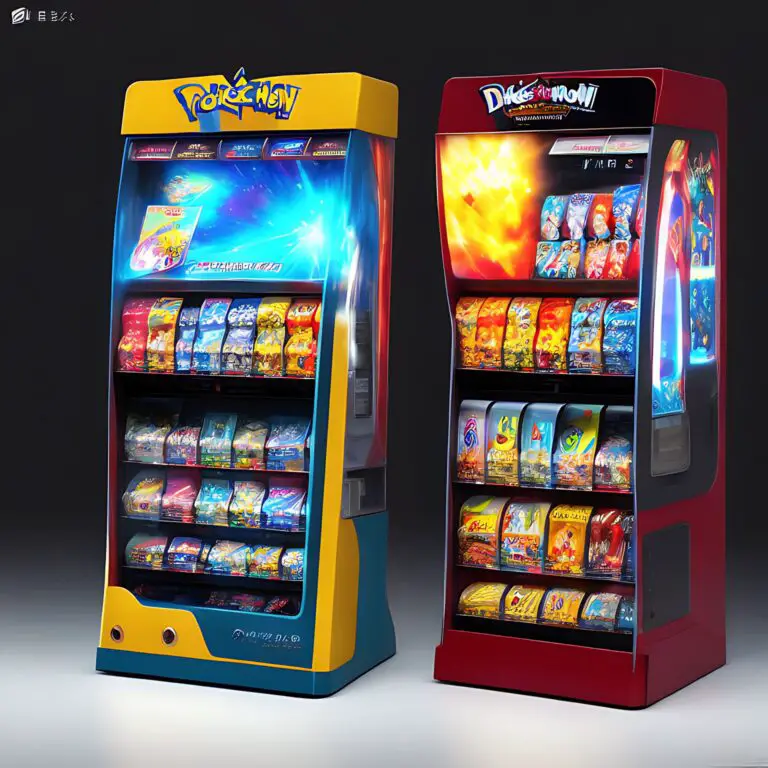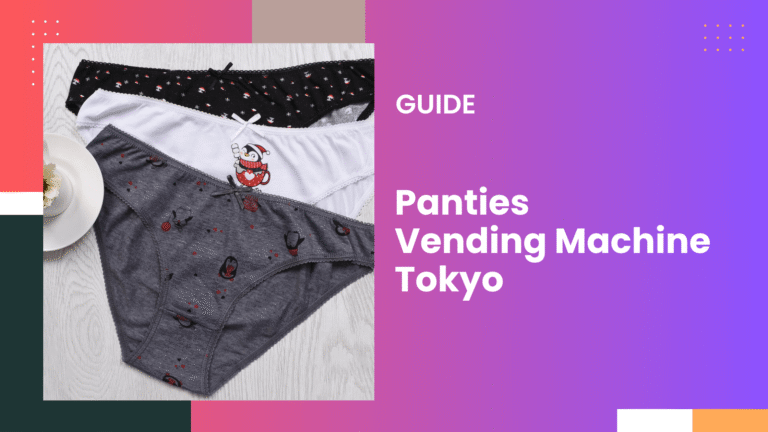Ramen Vending Machine for Sale | Cost, Features & ROI
Find Ramen vending machine for sale and start serving hot noodles 24/7. Compare costs, features, and business opportunities to launch your profitable vending venture today.
Ramen Vending Machines — Business & Operation
Automated kiosks that serve hot ramen on demand. This guide covers how they work, top brands, buying & installation, permits, operations and revenue considerations.
How Ramen Vending Machines Work
1 — Order
Customer picks a bowl and add-ons on the touchscreen, then pays via the machine’s payment reader (contactless cards and mobile wallets are common).
2 — Prepare ingredients
The machine selects noodles, broth packet or fresh components, and gets them ready in an internal chamber or cup before cooking.
3 — Cook / heat
Built-in boiler or heating module brings water to the correct temp; advanced machines use robotic cookers to recreate restaurant-style ramen. Typical service time: ~45–90 seconds per bowl.
4 — Dispense
When cooking finishes the finished bowl is vended behind a hatch or tray and the customer retrieves it and peels any seal or lid.
5 — Monitoring & safety
Firmware typically tracks temperatures, stock expiry, and errors; operators receive alerts for restock and maintenance to ensure food safety.
Top brands & models (features, specs, pricing)
Yo-Kai Express
- Autonomous restaurant system; robotic cooking for fresh bowls in ~45–90 sec.
- Wide menu (dozens of items) — designed for corporate/campus deployments.
- High-end capital cost (deployment-level investment varies by site and config).
VMFS USA
- 21.5″ touchscreen, multi-slot capacity, built-in hot-water module and cloud inventory monitoring.
- Heavy-duty cabinet design and optional payment hardware/configuration.
- Base model example pricing and vendor claims vary by configuration and options.
Hangang / The Touch On
- Countertop/kiosk cookers for instant-style ramyun; suited to convenience locations, cafes and pantries.
- Pricing typically in the small/medium business range; exact cost varies by supplier and options.
Hunan TCN
- Compact cup-noodle vending and hot-water models; cost-effective options for scale deployments.
- Lower-cost, higher-volume units suited to basic quick-meal service.
Sindron
- Small hot-water or cup-noodle dispensers — budget-friendly deployments and pop-up locations.
- Good for trialing locations or low-footfall sites where low capital is important.
Model Comparison
| Brand / Model | Type | Key specs | Price (approx) |
|---|---|---|---|
| Yo-Kai Express | Premium autonomous | Robotic cook, multi-item menu, 45–90s per bowl | Premium / deployment pricing varies |
| VMFS USA | Floor-standing vending | 21.5″ touch, hot-water module, cloud monitoring | Mid-range business pricing |
| Hangang (kiosk) | Countertop / kiosk cooker | Instant ramen cooker, small footprint | Mid-range pricing |
| TCN (Hunan) | Cup-noodle vending | Hot water kettle, touchscreen, compact | Lower-cost, volume pricing |
| Sindron | Low-cost dispenser | Hot water dispense, payment interface | Budget-friendly |
Ordering Ramen From a Machine
-
1
Tap the menu and choose
Use the touchscreen to pick a ramen style, broth, and optional toppings or add-ons from the available choices.
-
2
Pay at the terminal
Pay using the machine’s reader — contactless cards and mobile wallets are commonly supported; some models accept cash.
-
3
Machine prepares the bowl
Internal systems measure and dispense noodles, broth and toppings; heating/boiler cooks or heats as required (typical time 45–90 seconds).
-
4
Collect your ramen
The finished bowl appears in a tray or behind a hatch — retrieve it, peel the seal if present, and enjoy. Condiments or napkins may be provided at the site.
-
5
Report issues if any
If a payment or cooking error occurs, use the machine’s help/contact option (often on-screen or printed on the machine) so the operator can follow up.
Purchasing & installing machines
Buying: Purchase direct from manufacturers or resellers; compare capacity, heating method, payment hardware and vendor support. Consider leasing or financing if capital is constrained.
Installation: Most machines are plug-and-play but check power requirements (110–240V, possible dedicated circuit). Some models need occasional water refills; vendors typically provide installation instructions and optional on-site setup.
Stock & restocking: Expect regular restocking cycles (daily to weekly depending on traffic). Use machines with inventory alerts to avoid stockouts.
Health, permitting & legal requirements
Is a health permit required?
Do I need food safety training?
What about electrical and equipment certification?
Are zoning or location permits necessary?
Operations & business considerations
Startup & recurring costs
- Machine cost: from low-thousands for cup dispensers to higher tens/hundreds of thousands for premium robotic systems.
- Inventory: noodles, broth/topping supplies, cups, utensils, napkins.
- Utilities & maintenance: power for heating, water for boilers, periodic descaling and sanitary cleaning.
- Permits & insurance: business license, sales tax registration, food permit, and liability insurance.
Revenue potential
Revenue depends heavily on location and pricing. Example operator figures vary: conservative deployments may earn a few hundred dollars/month, while high-traffic, premium locations can perform much better. Consider testing a single machine in a strong location before scaling.
Maintenance & warranties
Vendors often offer warranties and support plans. Maintain a strict cleaning schedule and monitor water systems and temperature sensors to comply with health requirements.
Key takeaways
- Ramen vending spans low-cost cup dispensers to premium robotic solutions — pick tech based on location and budget.
- Health permits and inspections are typical for hot/perishable foods — treat each machine like a mini food outlet.
- Location and reliable maintenance are the biggest drivers of revenue and uptime.
